Our Cordwood House
After years of dreaming and scheming, my husband and I set out to sell our midcentury ranch, buy land, and build a cordwood house from scratch. It’s pretty cool how we ended up here.
We get so many questions about our project that I’ve compiled the most commonly requested info here in one page.
The Setting
- Kentucky, USA
- 16.4 acres
How do you know if you’re ready to build? Get The Homestead Builder’s Quick-Start Guide
18 Things To Look for in a Homestead Property
Buying Land: 5 Things to Do Before You Buy
6 Financial Tips for Buying Land for Your Homestead
The House
- Cordwood construction (infill for post and beam frame)
- Concrete slab foundation with concrete piers for post and beam frame
- NO! Cordwood will not rot if you do it right! Read more about that here.
- Footprint of 30’x34′, mudroom on front an additional 8’x12′
- Approximately 1190 square feet of interior space
- 2 beds/2 baths on main level
- Off grid solar power
- Water via concrete cistern (rainwater catchment, water hauling if necessary)
- Heating from wood stove and from radiant heat in the concrete slab
- Propane for water heating and cooking
- Passive Solar design
9 Tips for Planning the Perfect Homestead Layout
The Cordwood
- Eastern Red Cedar logs
- 16 inches thick
- We cut down roughly 30-40 trees from our own property.
- Logs seasoned for about a year before building.
- Each tree was an average of 8-12 inches in base trunk diameter and 10-20 feet long.
- Roughly 17-18 face cords of wood
- Building the cordwood walls took from July 16 – October 30, 2016 to complete.
- Built primarily on weekends, holidays, and vacation days
- Approximately 588 square feet of cordwood walls
- Lime putty mortar
We used roughly:
- 50+ 50-lb bags of Type-S masonry lime
- 3100 gallons of sawdust/lime insulation mix
- 12+ tons of sand
- 250+ bottles, jars, and glasses
Number of days just laying cordwood = 40
Total time spent = 246-280 man-hours
How to Prevent Rot In Your Cordwood Walls
How to Prepare Trees for Cordwood Building
Off Grid Specs
- 15 solar panels capable of producing 3,255 watts
- 1 Morningstar TriStar TS-M-2 charge controller, wired to the original six panels
- 2 Schneider Conext MPPT 60 150 charge controllers, wired to the nine new panels
- 1 MagnaSine MS4024 4000-watt inverter (the same inverter as before)
- 4 UB8D batteries (same as before, but we replaced the original batteries as part of our project)
We used to have a much smaller system and expanded it in 2020. You can read all about that project HERE.
Learn more about off-grid power and our experiences by reading more:
Getting Started With Solar Power
How Much Solar Power Do You Need To Live Off Grid?
Off Grid Solar In The Winter: How Does It REALLY Perform?
Total Cost to Build: $80,204.98
Material Cost of the House: $67,655.36
Labor: $11,868.00
Permit: $736.20
Rental: $524.41
Refunds: -$578.99
——————-
Miscellaneous: $8,352.55 (includes our tractor, shed, tools, and related items without which our home build wouldn’t have been possible)
Total Cost Including Miscellaneous: $88,557.53
How Much Does It Cost to Build a Homestead From Scratch?
5 Ways to Build on a Tight Budget
7 Things We SHOULD Have Done Building Our House
10 Ways to Save THOUSANDS Building Your Own Home
6 Reasons You’ll Blow Your Construction Budget (and how to avoid it)
9 Ways to Get Building Materials Cheap or Free
7 More Great Ways to Score Inexpensive Building Supplies
Ready to build a house of your own? Plan the best build possible with The Owner-Builder Home Planner.
Not sure if you’re ready? Find out everything about how we built here:
And be sure to check out our monthly homestead progress reports to get a better idea of what it takes to build from scratch. You should also join us on Facebook, Twitter, and Instagram and Pinterest too! Thanks for reading!

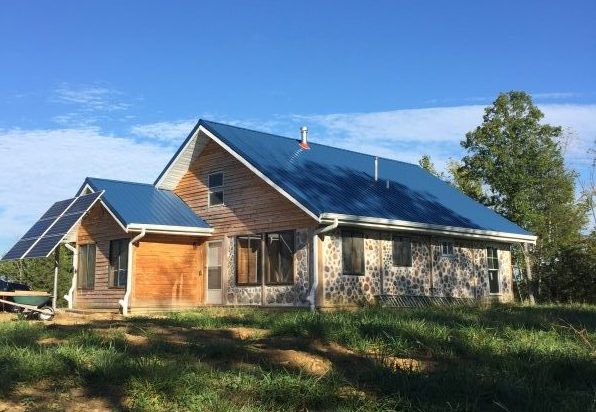
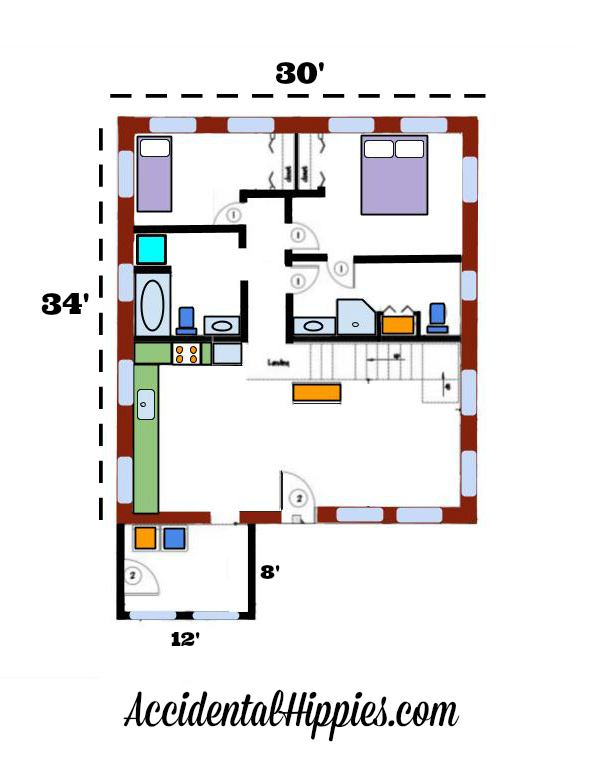
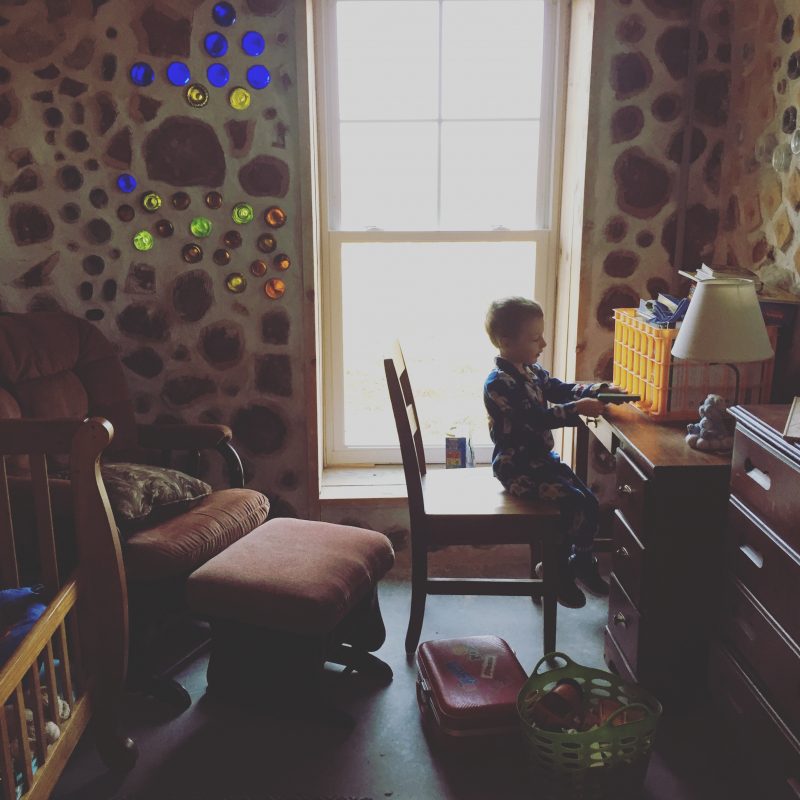
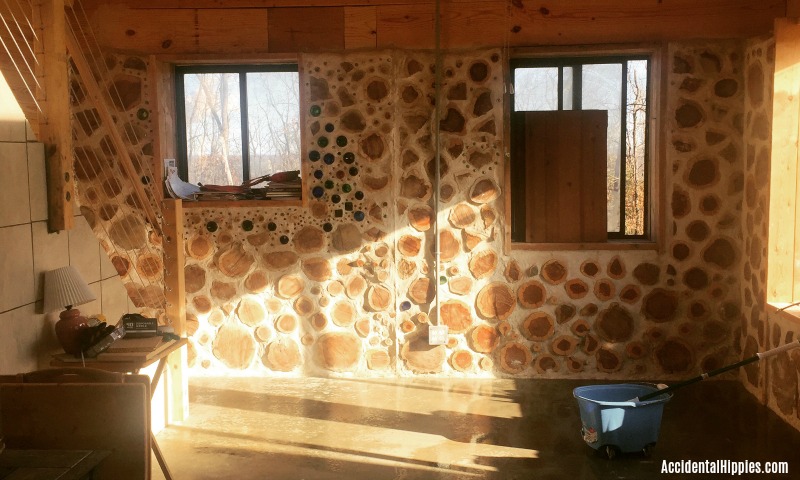

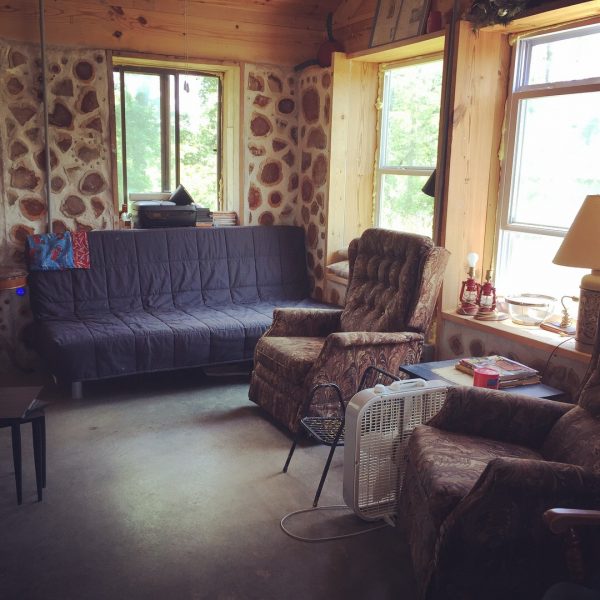



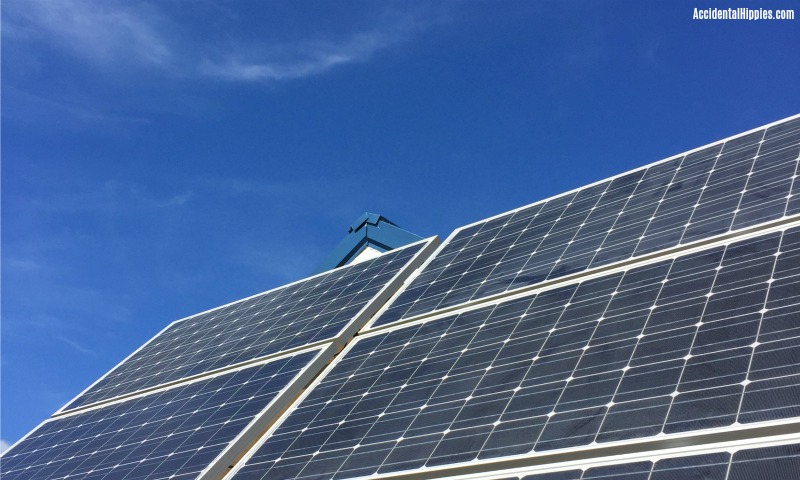

HOLY COW YOU GUYS ARE IMPRESSIVE!!!!!!!! I can’t really see my hubby and I doing this, but it looks like you guys are reaping the benefits for sure!
Thanks! It’s definitely not for everyone, but then again, 10 years ago I never saw myself doing this either! I appreciate the kind words.
Emily & Mark, Very well done. Great research, wonderfully informative articles. Excellent videos. Thank you for sharing your journey. I have a couple of ideas for you for after you are finished and moved in, but let’s wait until then. Having a teacher sharing helm produces a good result. This will inspire many to follow your lead. Kudos! -Richard Flatau
Thank you so much! It means a lot to hear that from one of the foremost experts in the field. Your writings were instrumental in us being able to take this journey so thank you!
This takes true grit and determination! Having built our own family home in southern Arizona as a youth I congratulate you on your persistence. Not only is planning and preparation the key to your success, you saw it through to completion! Only you know the physical and emotional pain and growth it took each step of the way. Thanks for writing anout the journey!
Thanks so much! I really appreciate the kind words. And yes, it is quite a physical and emotional experience. Glad I can bring others along with us for the ride. 😉
My wife, 16 year old, and 2.5 year old twins will begin building in the next 3 years.
We have been doing research and searching for land for the past 2 years, and appreciate those who provide information like yours to aid us in the process.
thank you,
Wil Sevigny
Thanks for the kind words. Best of luck to you!
Hi there! I just wanted to say that all of your cordwood posts have been extremely helpful to my husband and I in the planning of our own cordwood home in Alaska. I did want to ask what radiant floor system you have, as we are planning to use one as well and will also be running off of solar. We had only been looking at propane systems this far due to power consumption. I’d rather have an electric one if possible, since the sun is free and propane isn’t!
Thanks!
Aw thanks! This reminds me that I’ve NEVER written about our radiant system! Eek! Ours is technically a propane system, but the pumps run on electric, so it’s a bit of both. Anything with an electric heating element is going to consume a HUGE amount of power and during the wintertime, power is at a premium, especially in Alaska. This is true even if you have a gigantic solar array (I’d actually like to do some math to see how large of a system you’d have to get to run an electric radiant system). I definitely need to get on the ball writing about our radiant. Thanks again!
Great looking house, really enjoyed the articles. We are getting spread footings ready for concrete so we can begin building our own cordwood home. It will be 32×40 with a shed roof. Eventually it will have a full length porch on 2 sides, maybe 3. Lots of helpful tips to be picked up from your site. Thanks for sharing it with us.
You guys ever do any seminars or know someone in the MO/KY/TN/AR area that does?
Hi . yall are inspiring . do you have any tips or ideas about a barn with an apartment loft?. I have access to old telephone poles for my logs so the wood is already stripped and treated. Any advice would be appreciated.
Thanks for the kind words! There are numerous ways you could do a barn with apartment loft. One way is to do similar to what we did, with cordwood on the lower level and room-in-attic trusses overhead with a wood siding. That mostly just avoids having to lug logs up scaffolding, though you can certainly do cordwood all the way up. There are many beautiful examples of two-story cordwood homes with cordwood all the way to the top.
All that being said, I would seriously advise you NOT to use old telephone poles if they have been treated. They are typically treated with a variety of toxic chemicals (see: https://www.elp.com/articles/powergrid_international/print/volume-16/issue-10/features/preservative-choices-for-wood-utility-poles.html)and should not be used in any kind of living or workspace. Part of what makes cordwood work is the breathability of untreated logs. Additionally, I’m not sure what species your poles are, but telephone poles are typically made from southern yellow pine, which is technically a softwood but is very dense and can behave like a hardwood. It would likely be prone to shrinkage and expansion in walls without adequate protection of a VERY wide roof overhang (think covered porch).
In short, I would suggest other avenues for getting your cordwood. If you can’t cut it down yourself, check with local lumber mills, log home manufacturers, and even your local forestry service to inquire about finding stripped and untreated softwood logs.
Feel free to email me if you ever have any other questions. I’d love to help!
A couple questions.
Does your price outline include your solar setup?
Would you consider showing/sharing a floor plan and more pictures of your house?
Yes, that cost does include the entire solar setup. I must have accidentally deleted the floor plan off this page! I’ll go back and add that. It’s also on this page about the cost of the home: https://accidentalhippies.com/2018/02/28/cost-build-homestead-scratch/ I’m also working on trying to do up a better photo gallery (easier said than done, as I’m finding out) but you can head over to our Instagram and Facebook pages to see shots of it that I’ve shared. Instagram is probably the easiest way to browse them. https://www.instagram.com/accidentalhippies and https://www.facebook.com/accidentalhippies
I wanted to homestead but it never worked out. I wish I was 40 years younger. I wish you all the best. Great place for your little boy to grow up.